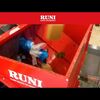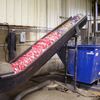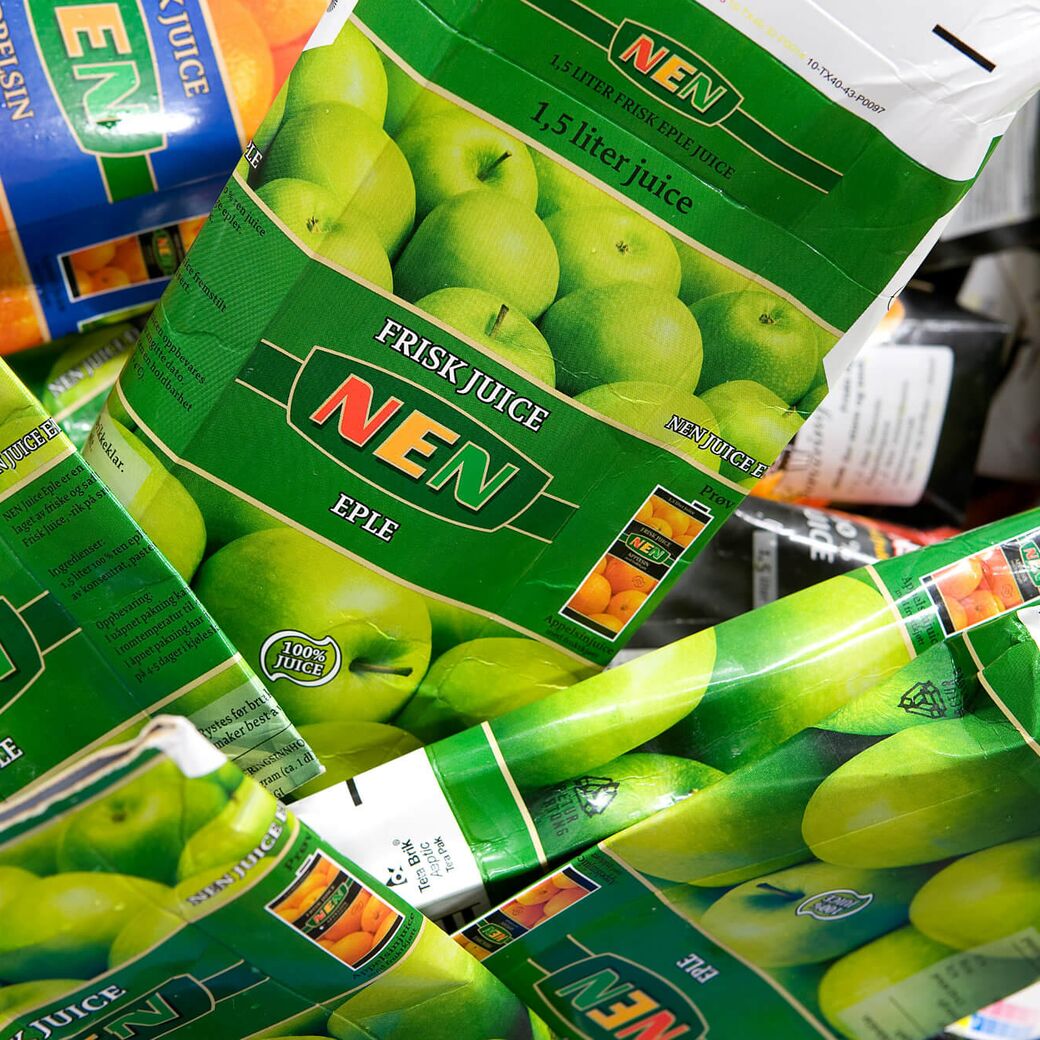
How to Handle the Destruction of Defective Products - RUNI
From time to time, all manufacturers face the challenge of having to handle defective, returned, or expired products. This issue needs to be handled ecologically and economically while still protecting the manufacturer's brand.
Why Is Proper Destruction of Defective Products Important?
Manufacturers need to take full responsibility for the product destruction. If product destruction is not handled properly, they run several risks. Products that are taken to the landfill before being fully destroyed can still end up being either resold or utilized illegally. Since these products are inferior to the standard quality of the manufacturer's products, this can cause a lot of damage to the manufacturer's brand.
Products recalled from the market due to being unsafe for the consumer to use must also be appropriately destroyed. If the products end up in the hands of consumers anyway, the manufacturer will be held liable, and it will cause damage to the brand.
This is why it is crucial to find an excellent solution to ensure that your defective or expired products are destroyed in a way that prevents them from being sold or used.
Methods to Ensure Complete and Correct Destruction of Failed Production
Shred or crush your defective products
By shredding or crushing the failed or expired products, you ensure they can no longer be sold or used. However, after the shredding or crushing, the manufacturer still needs to dispose of the waste, so the handling of the defective products does not end here.
Incinerate your defective products
Defective products can be sent directly to incineration. However, with this method, the entire product is wasted, and nothing will be recycled. If the products contain any liquids, it will also be costly to send them to incineration, as the burning value is very low.
Recycle your defective products
Often, if the defective products are separated into the individual components they initially consist of, the components can be recycled. This implies that separating the content and the packaging from mislabelled or expired food, drinks, or cosmetics prepares them for a recycling cycle, and the food or drink can be used for animal feed or biogas production.
What to Account for When Handling the Destruction of Faulty Production
When choosing how to handle the destruction of defective products in the most economical and ecological way, there are several factors to consider. If you choose to crush or shred the products, you will need some equipment for this, either on-site or you will have to transport the material to a crusher or shredder. If you want to separate and reuse the individual components of the products, you will also need access to equipment that can efficiently help you with this process.
Another factor to account for is the manpower required to handle the destruction and whether it makes sense to do the destruction manually or with machines.
Finally, you need to consider the transportation costs of the products before and after the destruction.
Make the Most Out of Your Faulty Production with RUNI
The RUNI SK240 or SK370 for separating liquids from solids can help manufacturers with the need to destroy products that can't be resold.
The RUNI machines for separation create two waste streams in a continuous flow: one for solids and one for liquids. This ensures that both waste streams can be reused. The compacted solid packaging can be sent to recycling, and the liquid content can be collected and sold for animal feed or used for biogas production.
In this way, the RUNI machines help the manufacturer Turn waste into value! If the packaging or content does not qualify for recycling, the separation of the solids from the liquids still ensures lower costs for both transportation and incineration of the dry packaging.
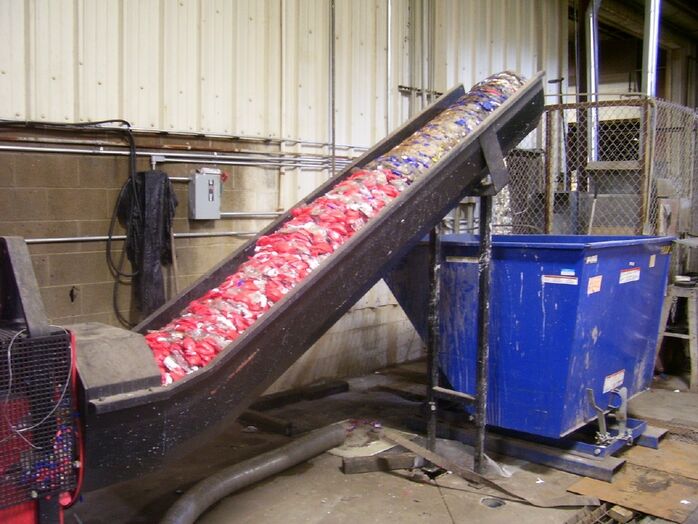
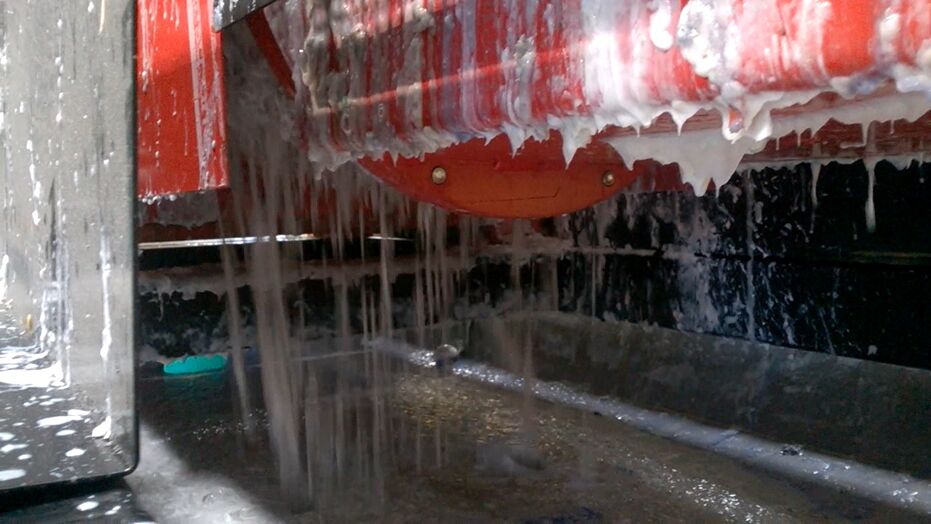
Recycling with RUNI
RUNI also offers machines for compressing various materials. Read about recycling these here:
RUNI also offers machines for separating various materials:
Case Studies
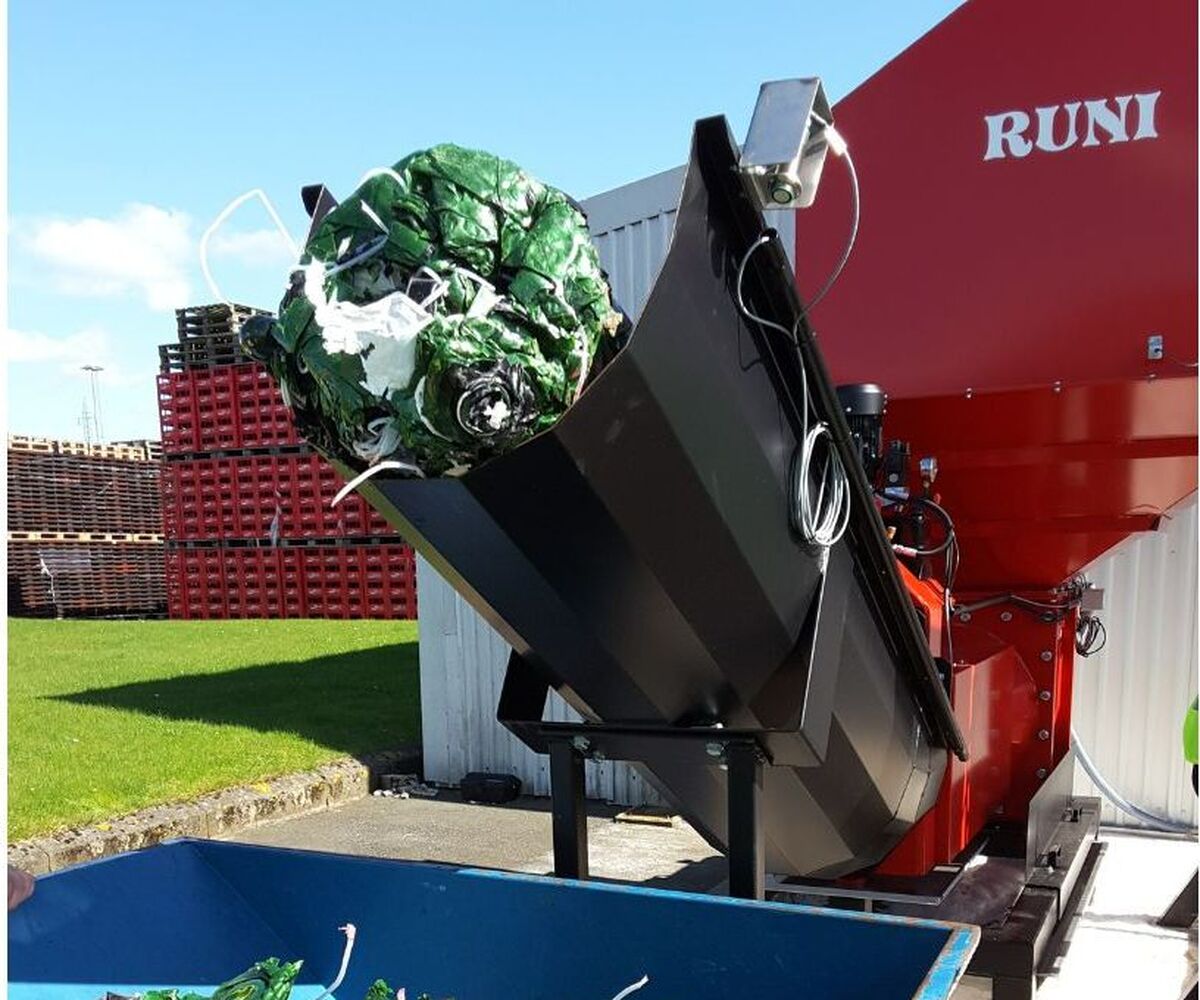
At Carlsberg in Fredericia, RUNI compactors empty and compact PET bottles, aluminum cans, and plastic kegs – efficiently and reliably.
Read more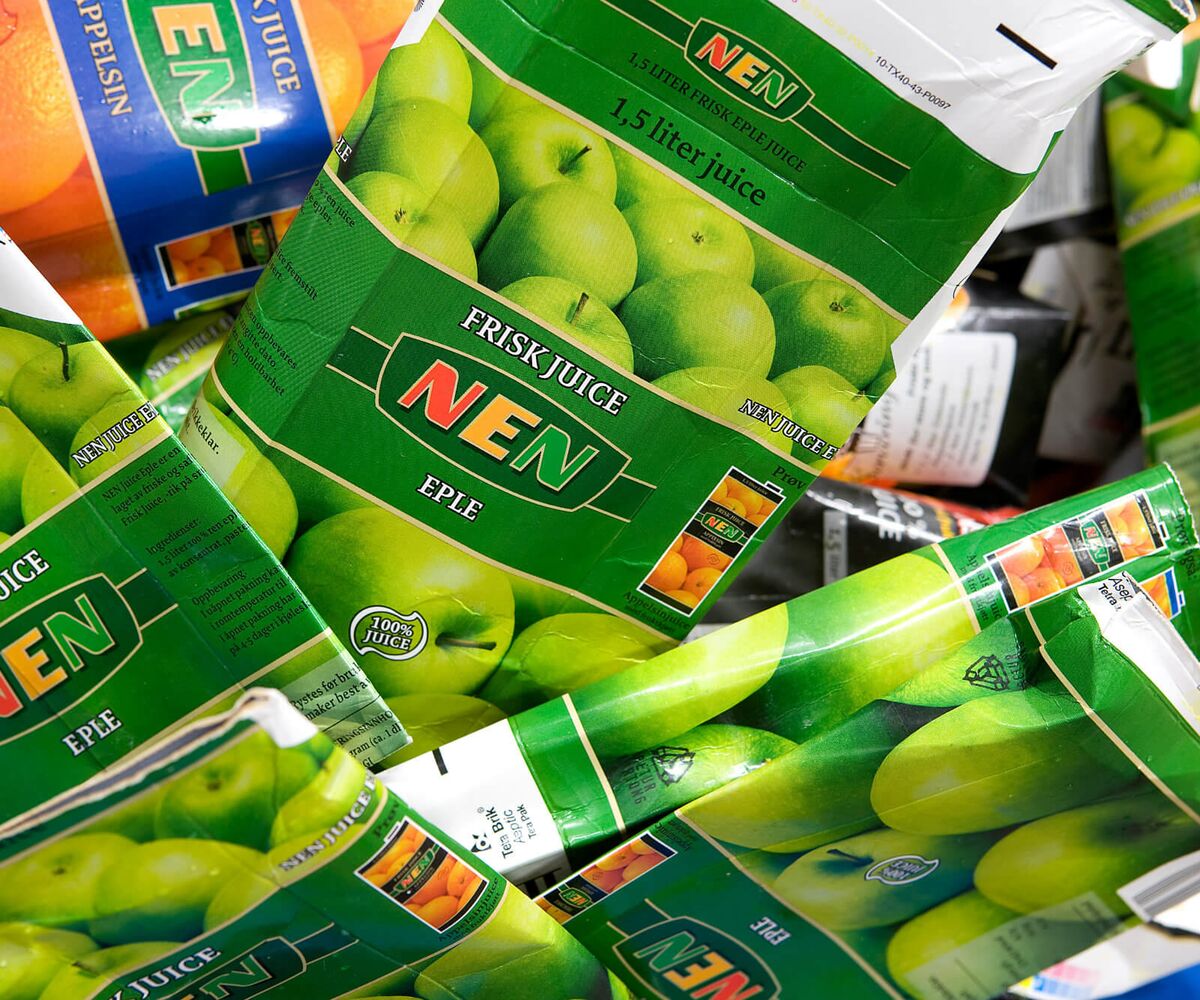
At NEN in Norway, a RUNI SK370 has made the waste dry enough for recycling. The result? Lower waste disposal costs – and more efficient destruction of filled tetra cartons.
Read more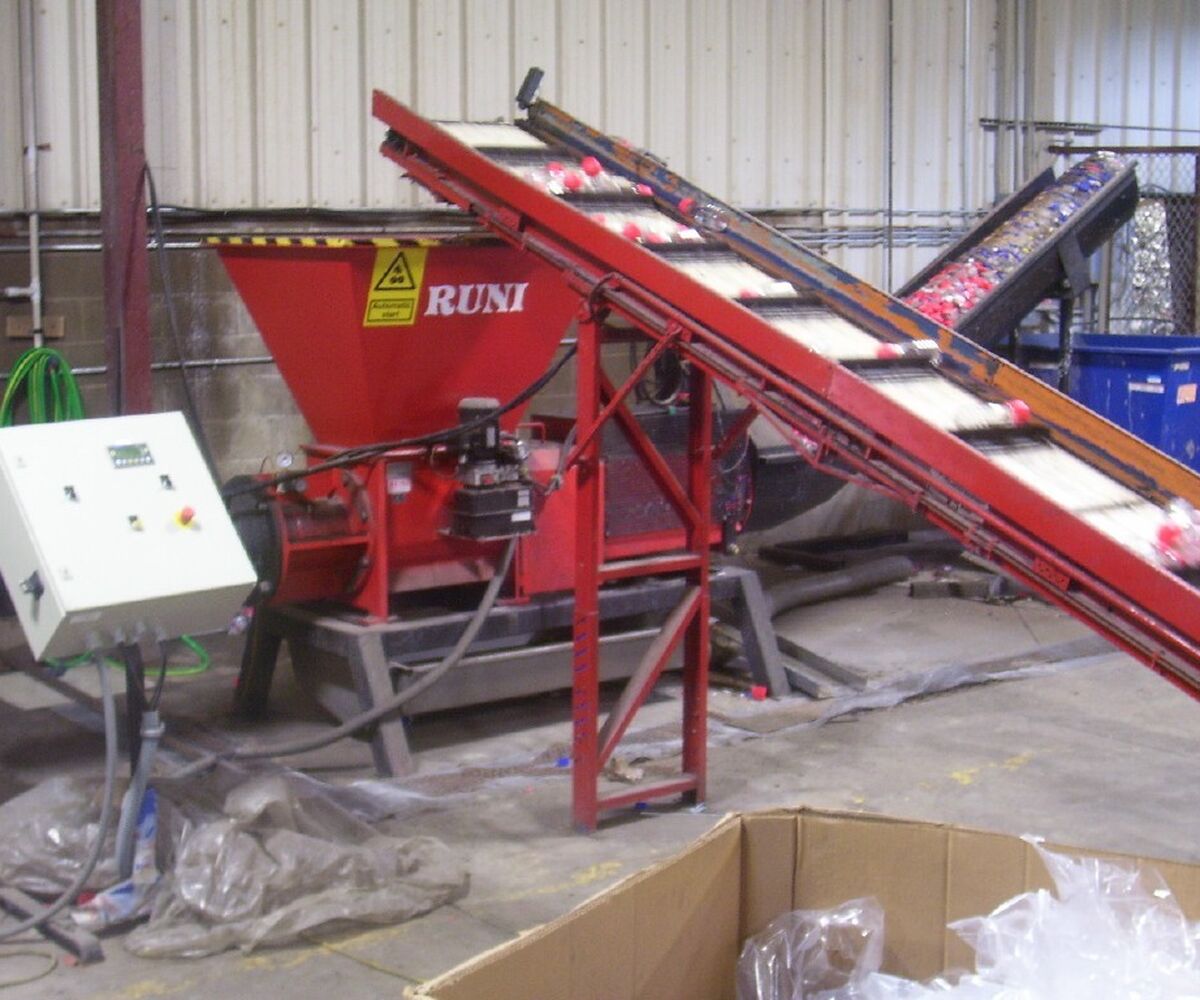
Jasar Recycling has installed a RUNI SK370 to dewater their PET bottles at their East Palestine, Ohio location - with high operational reliability and minimal maintenance.
Read moreContact Us
If you need more information or have questions about RUNI products, please fill out the form below. We will get back to you as soon as possible.
Read more about our privacy and cookie policy.


Contact US Office
+1 (630) 422-3172
runi-us@runirecycling.com
351 Country Club Drive,
Bensenville, IL 60106




